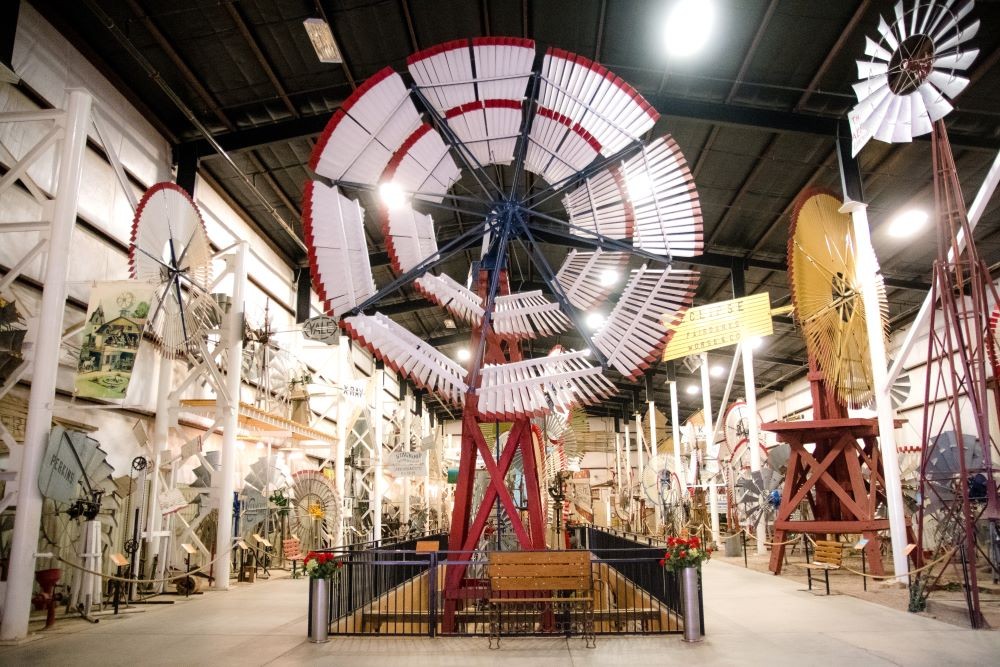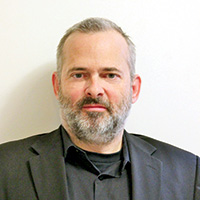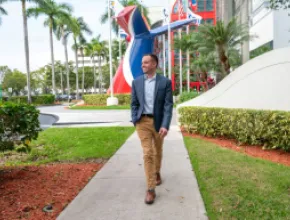As an outsider taken by Texas at first sight, I harken to the story of Connecticut native Moses Austin and his Virginia-born son, Stephen Fuller Austin.
Founder of the American lead industry, Moses pursued his interests west, where in 1819, he planned an American settlement in Spanish-ruled Texas. Before passing in 1821, when Texas became part of Mexico, Moses tasked his son with furthering his “Texas venture.”
Stephen, a lawyer—and man of honor—maintained a pro-Mexican stance in ongoing negotiations as the settlement, and tensions, grew. After he was arrested and jailed without charge in Mexico City for a year and a half on suspicion of insurrection, Austin returned to Texas in 1835 ready for war with “no halfway measures.” With no military training, he commanded Texan volunteers in the Siege of Béxar (San Antonio) that year.
The Texas Revolution was on, and while Sam Houston decided the war at the Battle of San Jacinto in 1836, Stephen F. Austin is revered to this day as the “Father of Texas” and the state’s innate spirit of independence. Homages include Austin, the capital, and numerous streets, buildings, schools, parks and more.
Such stories and oral histories are the lifeblood of the shared pride of place, identity, bonds and belonging that Texans feel, making museums that tell the Texas story the ideal place for groups to experience the pulse of the Lone Star State’s many-chambered heart.
Bryan Museum, Galveston
Raised in Freeport on the Texas Gulf Coast, sixth-generation Texan J.P. Bryan was destined to preserve Texas history. His great-great-grandmother was Stephen F. Austin’s sister. His father, also J.P., was an avid fan of Texana who served as president of the Texas State Historical Association and amassed a definitive collection of early Texas maps. At age nine, young J.P. purchased his first artifact, a four-barreled Derringer pistol, with money he had saved cutting grass.
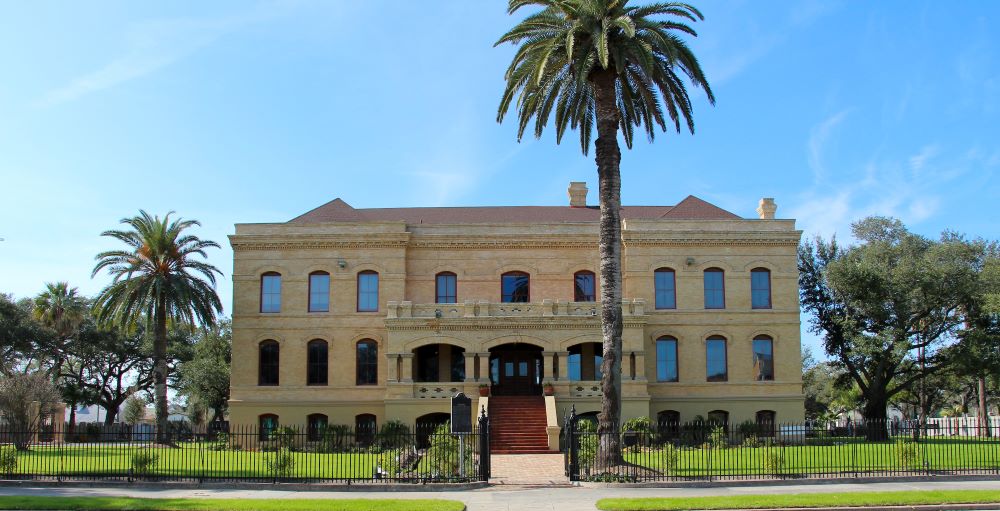
While majoring in art history at the University of Texas at Austin, he started a rare book and printing business, collected rare books and inherited a notable collection of Texas literature from an uncle.
As a successful Houston oil executive, he assembled a 70,000-plus piece collection of Texan and Southwestern art, artifacts, papers and other items. Devoted to heritage tourism, he and his wife Mary Jon also acquired and revived historic buildings, including the 1895 Galveston Orphans Home.
In 2015, he relaunched the building as the Bryan Museum to house his collection. Spanning more than 12,000 years, exhibits range from ancient Native American arrowheads and antique firearms to vintage saddles and modern objects. Rentals include the 140-capacity Conservatory, lobby and galleries.
[Related: Innovative Meetings and Events Venues in Houston and Galveston, Texas]
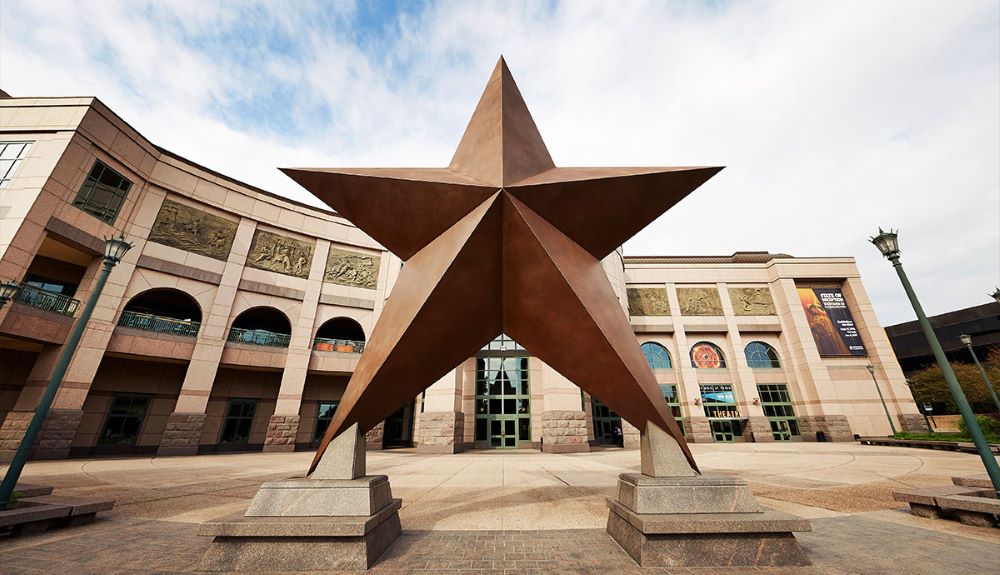
Bullock Texas State History Museum, Austin
Two-time Texas Lieutenant Governor Bob Bullock championed all things in his home state, history included. “As great as this state is,” he once observed, “we have no state museum in our state capital, a magnificent museum where our history can be properly displayed.” Bullock set to putting that right, and in April 1991, two months before he passed away, was honored at the groundbreaking ceremony for the new museum in his name.
Opened in 2001, the museum, featuring a 35-foot-tall bronze star in the outdoor Lone Star Plaza, displays 16,000 years of Texas history with original artifacts and ever-changing exhibitions on three gallery floors, along with innovative films and other programs. Recognizing that “every Texan has a story,” the museum’s ever-growing online Texas Story Project is a fascinating archive of first-person stories.
Rentals include the 600-capacity Grand Lobby, featuring an open rotunda, spiral staircase and soaring granite columns framing quotes from famed Texans.
The Alamo Visitor Center and Museum, San Antonio
Built around 1724 as a Spanish mission complex and repurposed as a military fort in the early 1830s, Mission Valero, or The Alamo, was where the valiant 13-day last stand of outnumbered Texian soldiers in 1836 against Mexican forces turned the tide of the Texas Revolution. The Texan army’s battle cry of “Remember the Alamo” in the following Battle of San Jacinto near present-day Houston that secured independence is at the core of the Texas identity.
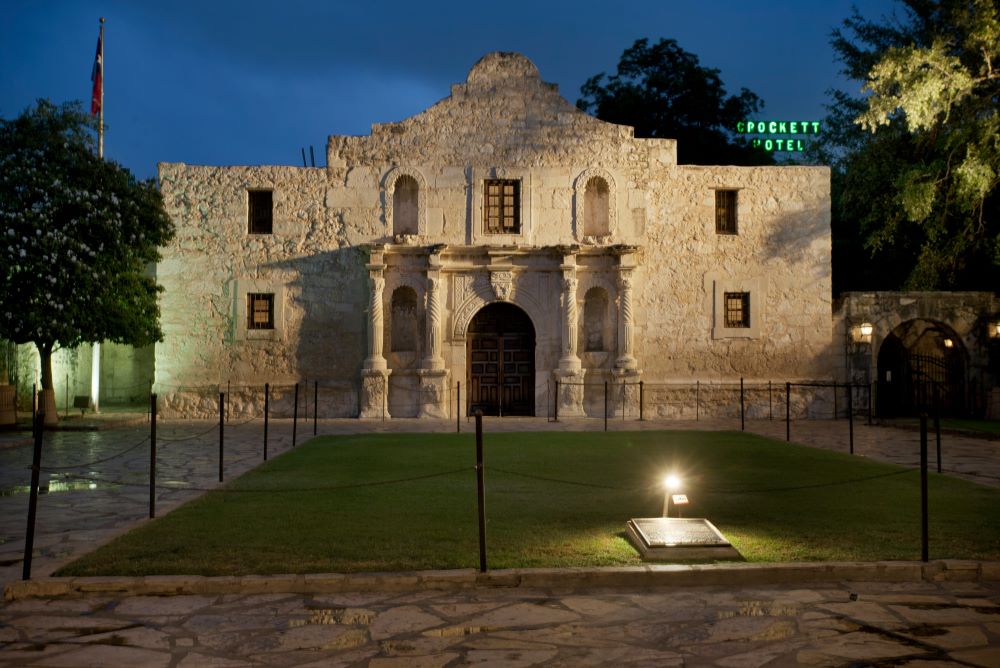
As the only surviving buildings from the siege, the Alamo Church and the Long Barrack, along with San Antonio’s other four Spanish missions, Concepción, San José, San Juan and Espada, form the only UNESCO World Heritage Site in Texas.
With the former quartet comprising San Antonio Missions National Historical Park, the Alamo complex is getting a comprehensive makeover as a cultural center under the state-funded Alamo Plan.
Opened last year behind the Alamo Church, the Ralston Family Collections Center houses priceless artifacts including the entire Phil Collins Texana Collection, gifted to Texas by the legendary English musician.
Scheduled for 2027, The Alamo Visitor Center and Museum will repurpose the historic Crockett and Woolworth buildings and recapture the Mission site and battlefield footprint. Group resources will include event space, rooftop restaurant and 4D theater.
[Related: Meetings Today LIVE! Visits San Antonio for National Event]
Witte Museum, San Antonio
Originated in 1926, this nationally acclaimed Smithsonian-affiliated showcase of Texas’ natural, scientific and cultural story includes dinosaur skeletons, dioramas and other immersive exhibits. An oasis of calm amid six gardens on the banks of the San Antonio River near downtown, the Witte hosts up to 1,500 guests in versatile spaces including multiple event halls, native plant garden, courtyard with a covered veranda lined by majestic oak trees and historic buildings from the Spanish Colonial period to the late 1800s.
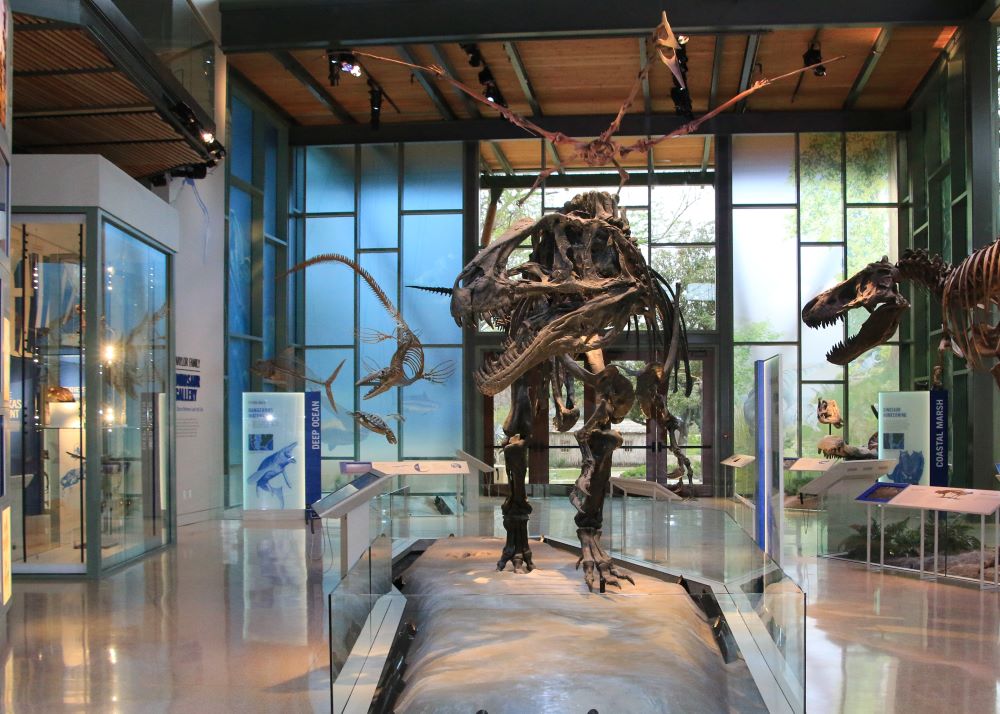
National Cowgirl Museum and Hall of Fame, Fort Worth
Founded in 1975 as a modest collection of belt buckles, bandanas and artwork in a Panhandle library, this tribute to the women of the American West relocated to the Fort Worth Cultural District in 2002. Celebrating the “ideals and spirit of self-reliance” of cowgirls in diverse fields, stirring and inspiring draws include the Hall of Fame. With the 48th annual Induction Luncheon and Ceremony scheduled for this November at Fort Worth’s multi-purpose Dickies Arena, famed inductees include painter Georgia O’Keeffe and Supreme Court Justice Sandra Day O’Connor. Versatile rentals include the spectacular Rotunda, Hall of Fame, exhibit galleries and film lounge.
[Related: The Dallas-Fort Worth Metroplex Is a Hotel Development Hotbed]
More Event-Capable Institutions
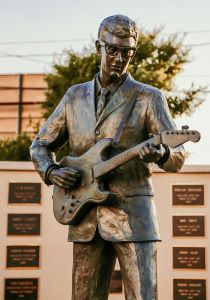
As Texas Monthly once noted, West Texas is “where we go to remember our past and contemplate our future—the one region where myth and reality coexist.”
Classic examples include the Texas portion of Route 66. In 2026, Amarillo’s Route 66 Historic District will be a focal point of events tied to the 100th anniversary of the iconic “Mother Road,” which is celebrated each June at the 10-day Texas Route 66 Festival.
Other pioneering road maps to history across the vast region include these event-capable institutions:
- Staying in Amarillo, The American Quarter Horse Hall of Fame & Museum celebrates the legendary horse that settled the West.
- The Old West comes alive with high-tech exhibits and experiences at Frontier Texas! in Abilene.
- The Petroleum Museum in Midland explores the ancient history of the surrounding Permian Basin, North America’s largest oil and gas project, from multiple perspectives.
- Lubbock venues include the American Windmill Museum; National Ranching Heritage Center at Texas Tech University; and both the Buddy Holly Center and Buddy Holly Hall of Performing Arts and Sciences.



